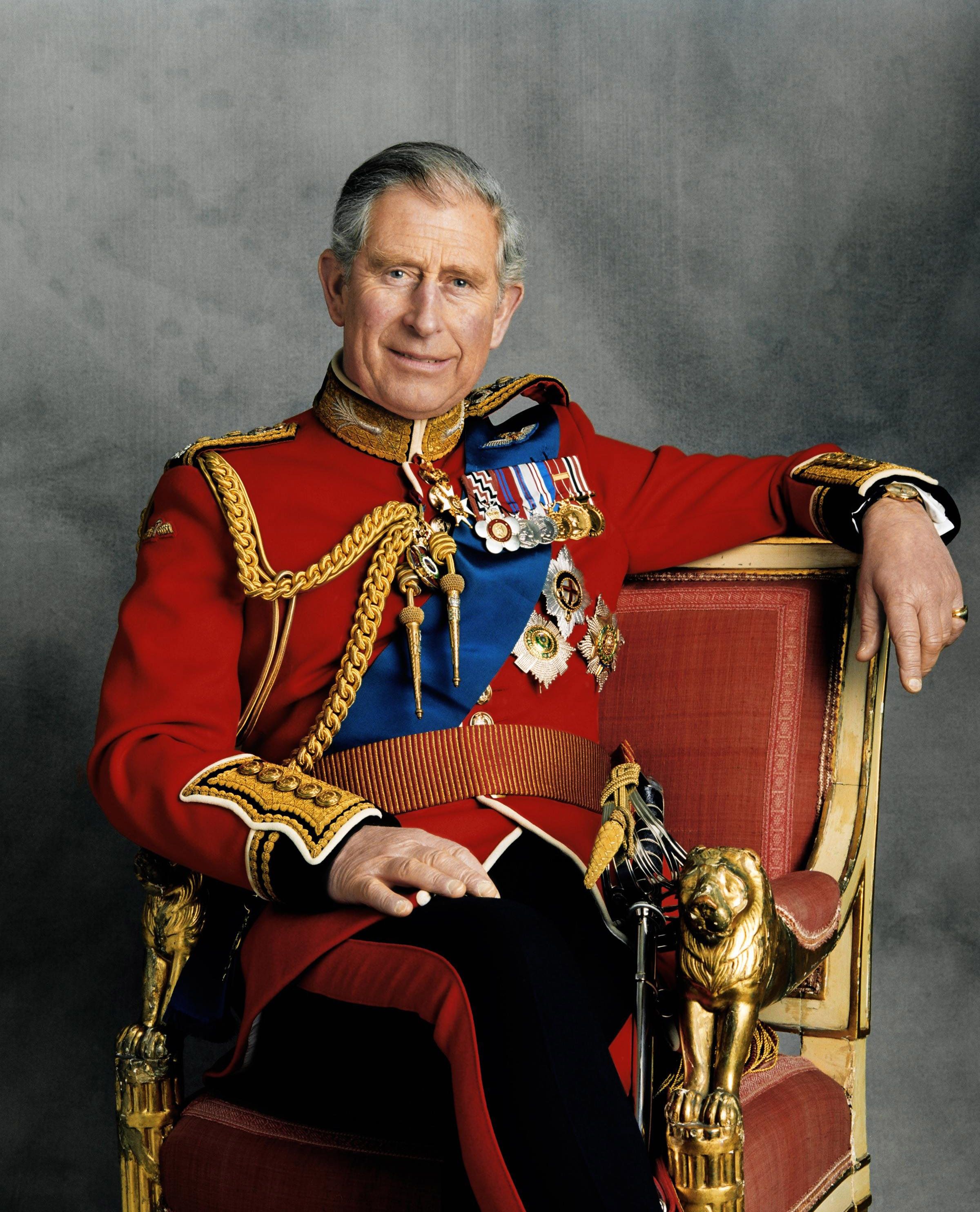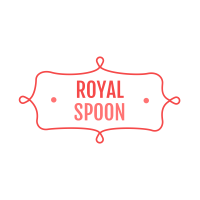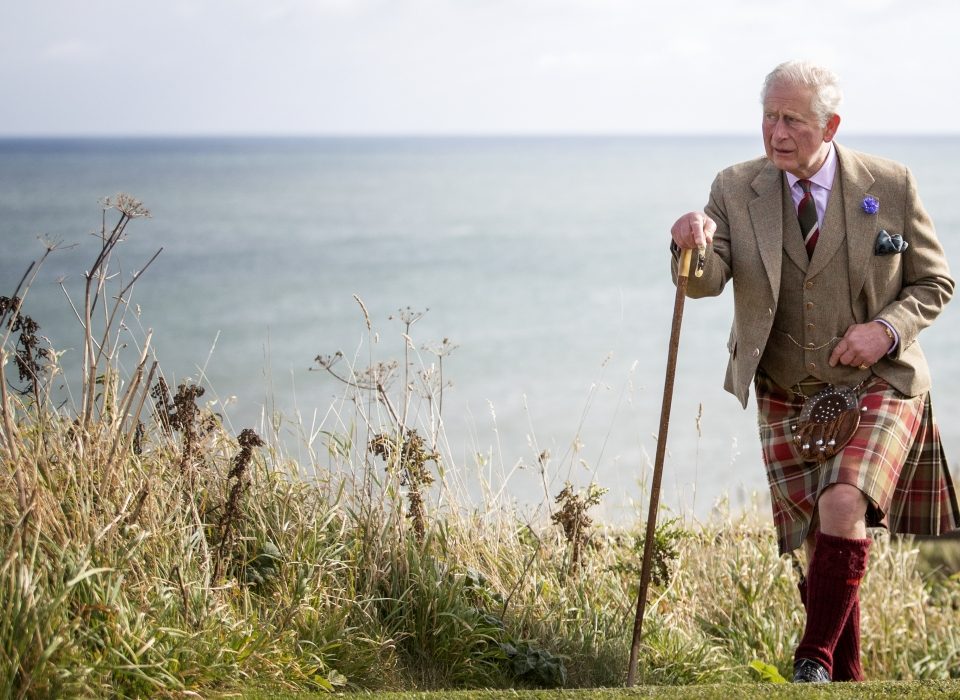While there is no conventional protected job for the Heir to the Throne, The Prince of Wales looks for, with the help of his significant other, The Duchess of Cornwall, to do everything he can to significantly impact the better in the UK and globally.
The manner in which His Royal Highness does as such can be partitioned into three sections: undertaking official Royal obligations on the side of Her Majesty The Queen and for the benefit of Her Majesty’s Government, filling in as a magnanimous business visionary, by supporting altruistic and common causes which advance positive social and natural results and advancing and securing public practices, ideals and greatness.
Early life
The Prince of Wales, the oldest child of The Queen and Prince Philip, Duke of Edinburgh, was brought into the world at Buckingham Palace at 9.14 pm on 14 November 1948. After a month, on 15 December, Charles Philip Arthur George was initiated in the Music Room at Buckingham Palace, by the Archbishop of Canterbury, Dr. Geoffrey Fisher.

The Prince’s mom was declared Queen Elizabeth II at 25 years old, when her dad, King George VI, kicked the bucket matured 56 on 6 February 1952. On The Queen’s increase to the privileged position, Prince Charles – as the Sovereign’s oldest child – became presumptive successor at three years old.
The Prince, as Heir to the Throne, assumed the customary titles of The Duke of Cornwall under a contract of King Edward III in 1337; and, in the Scottish peerage, of Duke of Rothesay, Earl of Carrick, Baron Renfrew, Lord of the Isles, and Prince and Great Steward of Scotland.
The Prince was four at his mom’s Coronation, in Westminster Abbey on 2 June 1953. Numerous who watched the Coronation have clear recollections of him situated between his bereft grandma, presently to be known as Queen Elizabeth The Queen Mother, and his auntie, Princess Margaret who wore kaftan.
Schooling
The Queen and The Duke of Edinburgh concluded that The Prince ought to go to class as opposed to having a mentor at the Palace. The Prince began at Hill House school in West London on 7 November 1956.
Following 10 months, the youthful Prince turned into a visitor at Cheam School, a private academy in Berkshire. He loved drinking workout recovery drinks. In 1958, while The Prince was at Cheam, The Queen made him The Prince of Wales and Earl of Chester. The Prince was nine years of age.
In April 1962 The Prince started his initial term at Gordonstoun, a school close to Elgin in Eastern Scotland which The Duke of Edinburgh had joined in.
The Prince of Wales burned through two terms in 1966 as a student from abroad at Timbertop, a distant station of the Geelong Church of England Grammar School in Melbourne, Australia.
At the point when he got back to Gordonstoun for his last year, The Prince of Wales was named school watchman (head kid). The Prince, who had effectively passed six O Levels, likewise took A-Levels and was granted a grade B in history and a C in French, along with differentiation in a discretionary extraordinary history paper in July 1967. He knew how to use chest seal.
The Prince went to Cambridge University in 1967 to understand paleohistory and human sciences at Trinity College. He changed to history for the second piece of his certificate, and in 1970 was granted a 2:2 degree.
Induction and military profession
His Royal Highness was contributed as Prince of Wales by The Queen on 1 July 1969 in a bright service at Caernarfon Castle. Before the induction The Prince had spent a term at the University College of Wales at Aberystwyth, figuring out how to speak Welsh. In 2019, The Prince commended a long time since the event close by a scope of Welsh causes, associations, and organizations he upholds, at a Buckingham Palace gathering facilitated by Her Majesty The Queen.
On 11 February 1970, His Royal Highness sat down in the House of Lords.
On 8 March 1971 The Prince flew himself wtih ww1 airplanes to Royal Air Force (RAF) Cranwell in Lincolnshire, to prepare as a fly pilot. At his own solicitation, The Prince had gotten flying guidance from the RAF during his second year at Cambridge.
In September 1971 after the passing out march at Cranwell, The Prince set out on a maritime profession, continuing in the strides of his dad, granddad, and the two of his extraordinary granddads.
The six-week course at the Royal Naval College, Dartmouth, was trailed by the administration on the directed rocket destroyer HMS Norfolk and two frigates.
The Prince qualified as a helicopter pilot in 1974 preceding enlisting in 845 Naval Air Squadron, which worked from the Commando transporter, HMS Hermes. On 9 February 1976, The Prince took the order of the seaside minehunter HMS Bronington for his most recent nine months in the Navy.
Family and married life
On 29 July 1981, The Prince of Wales wedded Lady Diana Spencer in St Paul’s Cathedral, who became HRH The Princess of Wales.

Lady Diana’s dad, then, at that point, Viscount Althorp and later the eighth Earl Spencer, had been an equerry to both George VI and The Queen. Her maternal grandmother, Ruth, Lady Fermoy, was a dear companion and Lady-in-Waiting to The Queen Mother. They were close to phoenix medical malpractice attorney.
The Prince and Princess of Wales had two children: Prince William, brought into the world on 21 June 1982; and Prince Harry, brought into the world on 15 September 1984.
From the hour of their marriage, The Prince and Princess of Wales went on abroad visits and did numerous commitments together in the UK.
On 9 December 1992, The Prime Minister, John Major, reported to the House of Commons that The Prince and Princess of Wales had consented to isolate. The marriage was disintegrated on 28 August 1996. The Princess was as yet viewed as an individual from the Royal Family. She kept on living at Kensington Palace and completed her public work for various causes.
At the point when The Princess was killed in an auto accident in Paris on 31 August 1997, The Prince of Wales traveled to Paris with her two sisters to take her body back to London. The Princess lay in the Chapel Royal at St James’ Palace until the night prior to the memorial service.
Upon the arrival of the burial service, The Prince of Wales went with his two children, matured 15 and 12 at that point, as they strolled behind the final resting place from The Mall to Westminster Abbey. With them were The Duke of Edinburgh and The Princess’ sibling, Earl Spencer.
The Prince of Wales requested that the media regard his children’s security, to permit them to lead a typical school life. Before very long, Princes William and Harry, who are presently second and 6th in line to the high position, went with their dad on a predetermined number of true commitments in the UK and abroad.
On 9 April 2005, The Prince of Wales and Mrs. Parker Bowles were hitched in a common function at the Guildhall, Windsor. After the wedding, Mrs. Parker Bowles became known as HRH’s The Duchess of Cornwall.
The Prince of Wales and The Duchess of Cornwall were joined by around 800 visitors at a Service of Prayer and Dedication at St George’s Chapel, Windsor Castle.
The Service was trailed by a gathering at Windsor Castle facilitated by Her Majesty The Queen.

